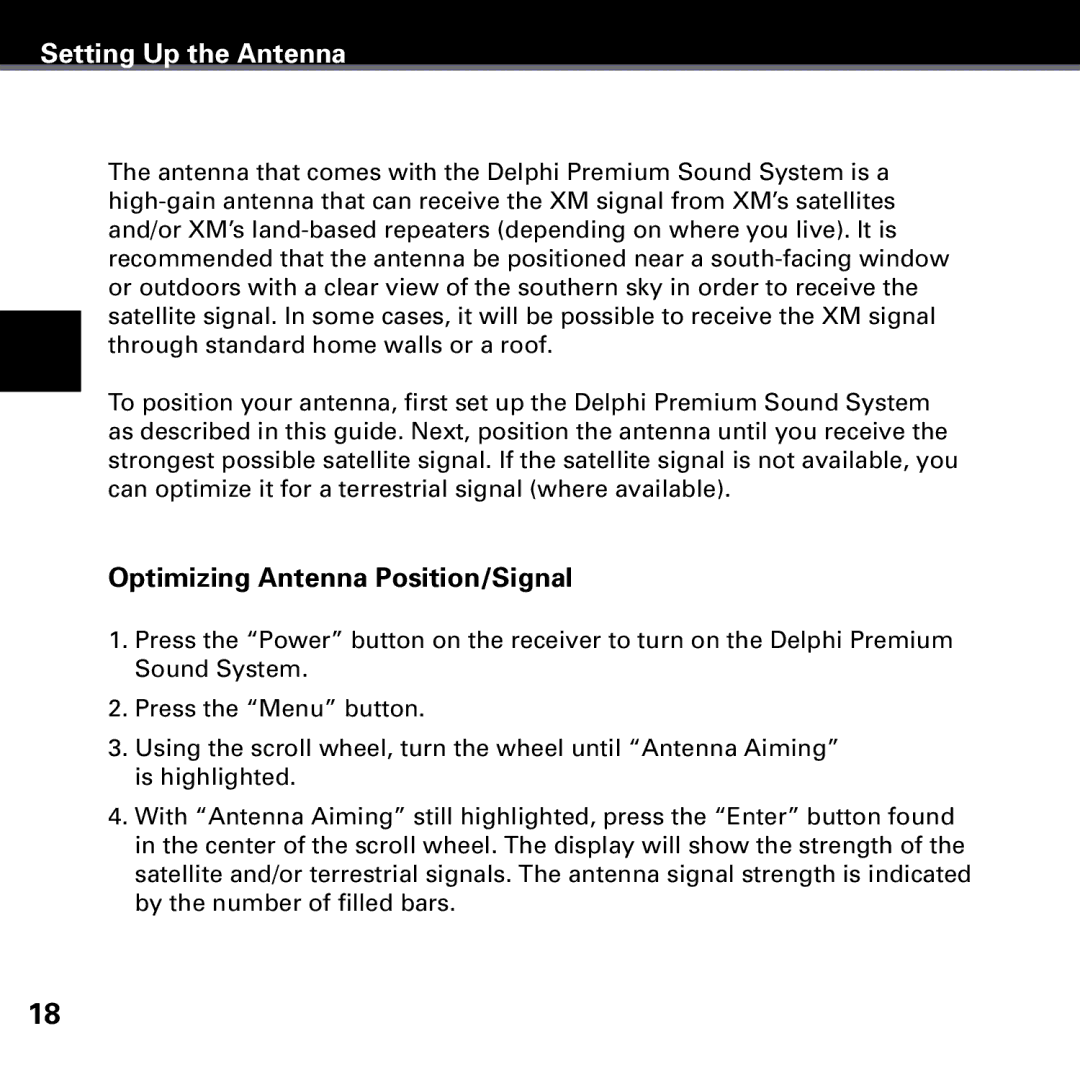SA10221 specifications
The Delphi SA10221 is an innovative automotive sensor that plays a crucial role in modern vehicle systems, contributing to improved safety and performance. As a part of Delphi's extensive range of automotive technologies, the SA10221 stands out for its precision and reliability, making it a favored choice among manufacturers.One of the main features of the Delphi SA10221 is its advanced sensing technology. It utilizes a high-accuracy Hall-effect sensor to detect the position of crankshafts, camshafts, and other moving parts crucial for engine performance. This technology is essential for applications such as engine timing, ignition control, and various diagnostic functions. The sensor's ability to provide real-time feedback ensures optimal engine performance and efficiency.
Another notable characteristic of the SA10221 is its robust construction. Designed to withstand the demanding conditions of an automotive environment, this sensor is built with high-quality materials that offer excellent resistance to temperature fluctuations, vibration, and moisture. This durability ensures a long operational life, reducing the need for frequent replacements and minimizing maintenance costs.
In terms of connectivity, the Delphi SA10221 supports a range of communication protocols, making it versatile for use in different vehicle models. Its compatibility with various OBD-II protocols facilitates easy integration into existing vehicle systems, which simplifies installation and enhances functionality.
The sensor is also designed to meet strict automotive standards and regulations, ensuring that it performs reliably under various driving conditions. This adherence to industry standards signifies Delphi's commitment to quality and safety, making the SA10221 a trustworthy choice for automotive manufacturers.
Moreover, the Delphi SA10221 incorporates innovative signal-processing technologies that enhance its accuracy and responsiveness. These advanced algorithms allow the sensor to filter out noise and deliver precise measurements, which are vital for the proper functioning of modern engine management systems.
In summary, the Delphi SA10221 is a sophisticated automotive sensor that combines advanced sensing and signal processing technologies with a durable design. Its ability to provide reliable and accurate data makes it an essential component for any vehicle aiming to enhance engine performance and efficiency. With its robust construction and compliance with industry standards, the SA10221 stands as a testament to Delphi’s commitment to quality and innovation in the automotive sector.

